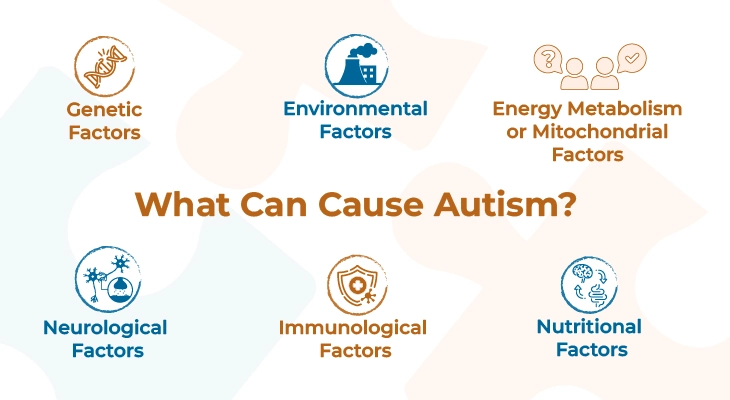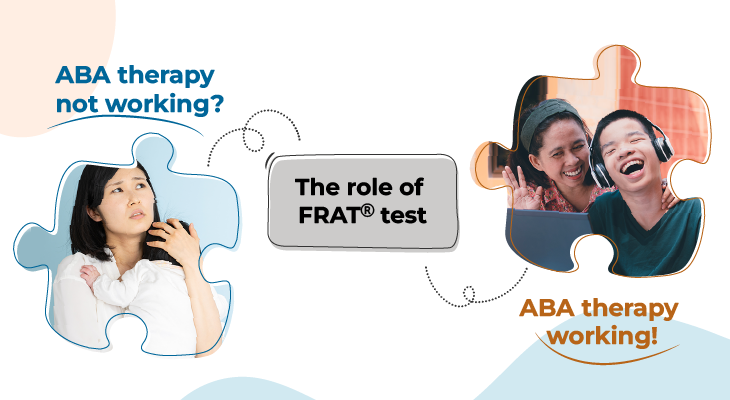Introduction
Autism is a neurological disorder that affects social communication, behavior, and cognitive abilities. In the past two decades, the prevalence of autism has been on the rise in the United States, and it has become a significant public health concern. According to the Centers for Disease Control and Prevention (CDC), in 2000, the prevalence of autism had increased from 1 in 150 in 2000 to 1 in 44 in 2018 and 1 in 36 children in 2023. In this blog post, we will delve deeper into the rise of autism, its potential causes, and the impact it has on individuals, families, and society.
II. Understanding Autism
Autism, also known as Autism Spectrum Disorder is characterized by a range of symptoms that can vary in severity, including difficulty with social interactions, repetitive behaviors or routines, and difficulty with verbal and nonverbal communication.
Until recently, experts talked about different types of autism, such as autistic disorder, Asperger’s syndrome, and pervasive developmental disorder not otherwise specified (PDD-NOS). In 2013, the American Psychiatric Association reclassified all of them as “autism spectrum disorders.”
Autism is becoming more common in the United States. There are a variety of potential causes for this complex problem. While more research is needed to fully understand the causes of autism, increased awareness and early diagnosis can help ensure that children with autism receive the support and treatment they need to thrive.
Factors Contributing to the Rise of Autism
The exact causes of autism spectrum disorder (ASD) are not yet fully understood, and the rise in the number of cases of ASD in the US is likely due to a combination of factors. Here are some potential contributing factors:
1. Improved diagnosis and screening:
In recent years, there has been increased awareness and understanding of autism, as well as improved diagnostic tools and screening measures. As a result, more children are being diagnosed with autism today than in the past.
2. Environmental factors:
There is some evidence to suggest that environmental factors, such as exposure to toxins, pollutants, or certain chemicals, may play a role in the development of autism. However, more research is needed to better understand these factors and their impact.
3. Genetics:
Autism has a strong genetic component, and researchers have identified several genes that may contribute to the development of ASD. However, it is likely that multiple genes and gene-environment interactions are involved in the development of the disorder.
4. Maternal factors:
Some research suggests that certain maternal factors, such as older maternal age, maternal obesity, and maternal exposure to certain chemicals, may increase the risk of autism in children.
5. Other medical conditions:
Children with certain medical conditions, such as fragile X syndrome and tuberous sclerosis, are more likely to develop autism.
It’s important to note that while the prevalence of autism has increased in recent years, it is not yet clear whether this represents a true increase in the number of cases or simply reflects better recognition and diagnosis of the disorder.
The link between vaccinations and autism has been a topic of controversy for many years. Some individuals and groups have suggested that certain vaccines, particularly the measles, mumps, and rubella (MMR) vaccine, may cause autism in children. But this claim has been widely disproven by scientists, and there is no good evidence to back it up. Over the years, many studies have been done, and they have all found that there is no link between vaccines and autism.
Impact of the Rise of Autism
Autism is becoming more common, which has a lot of effects on people, families, and society as a whole, such as higher healthcare costs, more educational needs, and social stigma.
The impact of autism on individuals can vary depending on the severity of the disorder. Some people with ASD may have trouble communicating and interacting with others, while others may have trouble with their senses or do things over and over again. This can make it hard for them to make friends, do everyday things, or work.
Families of people with autism may have to deal with extra problems, such as a higher financial burden, trouble getting services and help, and social isolation. Caregivers may also experience higher levels of stress and burnout.
On a societal level, the rise of autism has led to increased demand for autism services and support. This has led to better early diagnosis and treatment, as well as more research into how to treat ASD effectively. However, there is still much work to be done to ensure that individuals with autism and their families receive the support and resources they need to thrive.
Challenges and Opportunities
The rise in autism diagnosis presents both challenges and opportunities. On one hand, there is a growing need for support services, education, and resources for individuals with autism and their families. This requires significant investment in healthcare, education, and research. On the other hand, the increase in autism diagnoses has also led to greater awareness and understanding of the condition, and a shift towards more inclusive and accepting attitudes. This opens up chances for advocacy and social change, as well as new ways to help people with autism through technology and therapies. But stigma, discrimination, and unequal access to resources and opportunities are also ongoing problems.
Conclusion
In conclusion, the rise of autism in the United States is a complex issue that has been the subject of much research and debate. While the exact causes of this increase are not fully understood, it is clear that early diagnosis and intervention are crucial in helping individuals with autism lead fulfilling and productive lives. As people learn more about autism and become more aware of it, it is important that we work to make society more accepting of people with autism by meeting their needs and giving them the help and resources they need to succeed. We can help make sure that people with autism are valued members of our communities and are given the chances they need to reach their full potential through continued research, education, and advocacy.
For information on autism monitoring, screening and testing please read our blog.





